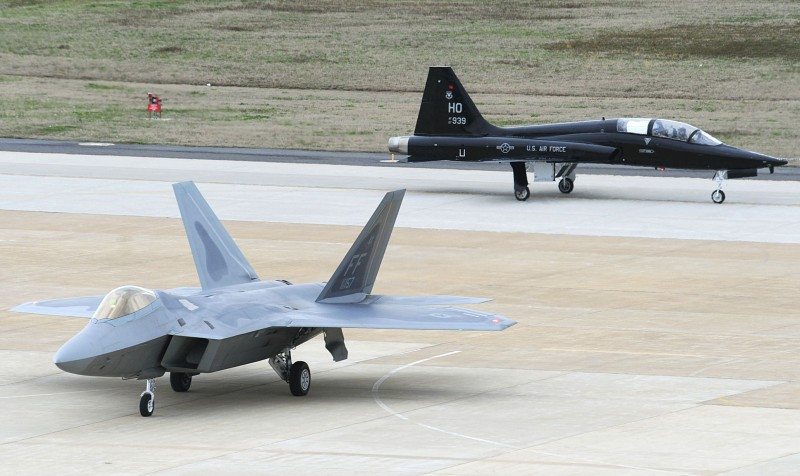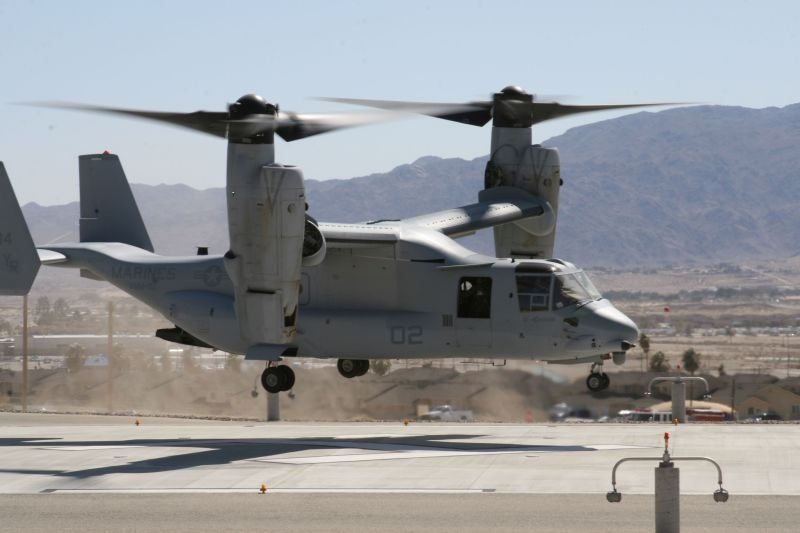Section 231a of title 10, United States Code, as amended by section 1069 of the National Defense Authorization Act for Fiscal Year 2012, Public Law 112-81, requires the Secretary of Defense to submit an annual, long-term aviation plan for fixed-wing and rotary-wing aircraft, to include unmanned systems, for all Services and for combatant commanders that have aircraft assigned to them. This report responds to that requirement.
Guided by the new strategic guidance, Sustaining U.S. Global Leadership: Priorities for 21st Century Defense, and by the January 2012 Defense Budget Priorities and Choices, this plan represents the Department’s commitment to a balanced force: one that is able to meet the unique demands of current conflicts, while providing the flexibility to respond to a broad spectrum of future challenges.
The FY 2013-2017 Future Years Defense Program (FYDP) and the long-term aviation force structure and funding plans presented in this document are shaped by the following primary missions defined in the new strategic guidance:
- Counter Terrorism and Irregular Warfare;
- Deter and Defeat Aggression;
- Project Power Despite Anti-Access/Area Denial Challenges;
- Counter Weapons of Mass Destruction;
- Operate Effectively in Cyberspace;
- Operate Effectively in Space;
- Maintain a Safe, Secure, and Effective Nuclear Deterrent;
- Defend the Homeland and Provide Support to Civil Authorities;
- Provide a Stabilizing Presence;
- Conduct Stability and Counterinsurgency Operations; and
- Conduct Humanitarian, Disaster Relief, and Other Operations;
Summary of the Annual Plan and Certification
Changes in technology and organizational structure make categorizing aircraft into bins of like capability increasingly difficult. However, this aviation force structure plan provides the diverse mix of aircraft needed to carry out the ten missions identified above.
The capabilities provided by aircraft identified in this plan reflect five principal investment objectives identified below:
- Meet the demand for persistent, multirole intelligence, surveillance, and reconnaissance (ISR) capabilities;
- Provide sufficient enabler capability and capacity;
- Acquire fifth-generation fighter/attack aircraft while maintaining sufficient inventory capacity;
- Modernize long-range strike (LRS) capabilities; and
- Emphasize modernization and readiness.
The FY 2013-2042 aviation plan is consistent with the tenets of the January 2012 Defense Strategic Guidance; it meets the national security requirements of the United States. The Department’s FY 2013 budget request and the associated FY 2013-2017 FYDP provide the requisite funding to implement the aviation investment plan through FY 2017 for all programs of record.
The report presents:
- A current year description of the aviation force structure, including active mission, training, and test aircraft.
- A detailed aviation plan for the Departments of the Air Force, Navy, Army, and United States Special Operations Command for both fixed and rotary wing assets necessary to meet the national military strategy of the United States. The plan includes legacy aircraft, aircraft in procurement, and aircraft projected to begin development in the next few years.
- Estimates of the annual RDT&E, procurement, operations and maintenance, and military construction funding necessary to achieve the planned aviation inventory and to operate, maintain, sustain, and support this aviation inventory.
The majority of modern platforms have the ability to perform across many traditional mission sets (e.g. the surveillance and light-strike capability of the MQ-9 in uncontested environments, and the cargo and aerial refueling capability of the KC-130J Super Hercules). The multirole nature of our assets makes them adaptive, fostering mission flexibility for the joint force.
[Download not found]










